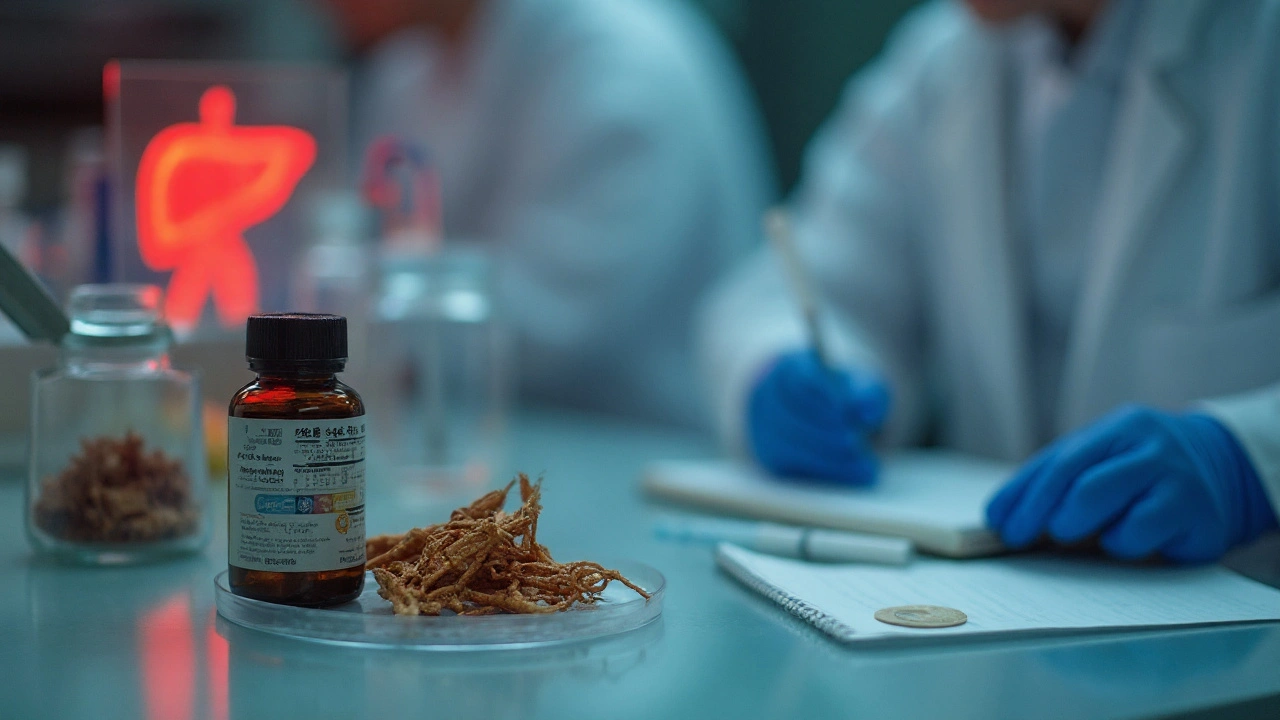Dosage: simple rules to take meds the right way
Getting the dose right matters. Too little and the medicine won’t work. Too much and you risk side effects. This page gives clear, usable tips to help you understand dosing basics and avoid common errors. Use these points as practical checks—not medical orders. Always follow your prescriber or pharmacist first.
Read the label like a pro
Start by checking four things on the label: the amount per dose (for example, 250 mg), how often to take it (once, twice daily), the route (oral, topical, inhaled), and any timing (with food, at night). If the label says "take one tablet twice daily," that means one tablet in the morning and one in the evening, not two at once. If anything is unclear, call the pharmacy—don’t guess.
Watch the units: mg (milligrams) and mL (milliliters) are common. For liquid meds, use a proper dosing syringe or cup. Kitchen teaspoons are not accurate.
Quick ways to handle common dosing questions
How to convert weight-based doses: some meds use mg/kg. Multiply the mg/kg by the person’s weight in kilograms. Example: 5 mg/kg for a 20 kg child = 100 mg. To convert pounds to kg, divide pounds by 2.2.
Missed dose? Take it as soon as you remember unless it’s almost time for the next dose. Don’t double up to catch up. If you’re unsure, ask your provider.
Adjustments for age and organs: older adults and people with kidney or liver problems often need lower doses. That’s because their bodies clear drugs more slowly. If you have kidney or liver disease, tell your prescriber so they can pick the right dose or monitoring plan.
Interactions matter: some medicines raise or lower levels of others. Even supplements and herbal products can change how a drug works. Tell your clinician about every medicine, supplement, and strong grapefruit juice in your routine.
Top mistakes to avoid: mixing up mg and mL, using kitchen spoons for liquids, splitting pills without guidance, and ignoring special instructions like "take with food." Keep medicines in original containers and discard out-of-date items.
When to call your provider: if a dose causes severe dizziness, breathing trouble, swelling, a rash, confusion, or fainting, seek help right away. Also call if a usual dose suddenly stops working or side effects build over days.
Want deeper reading? We cover dosage-related topics on the site—articles about muscle relaxants (Zanaflex), pain meds (Celebrex), antidepressants (Effexor), chemotherapy dosing (capecitabine), and natural dosing tips for supplements. Check those posts for condition-specific details and real-world tips.
Final note: use this page as a quick guide to safer dosing. It helps you ask better questions at the pharmacy or clinic. Still, every medication and person is different—always confirm exact doses with your prescriber or pharmacist.


